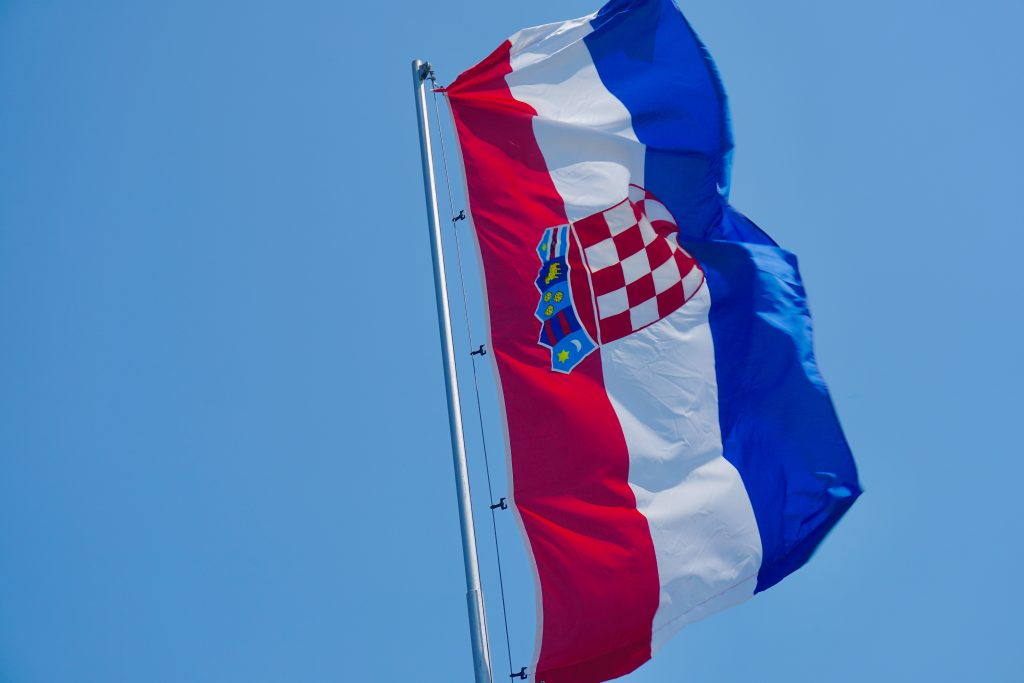October the 4th, 2023 – Croatian unicorns have seen the country ranked as the 11th most successful country in this branch in the world, but how accurate is the data?
As Novac/Jutarnji/Bernard Ivezic writes, it might come as a surprise, Croatia is the 11th most successful country in the world in terms of unicorns. This was recently announced the World Intellectual Property Organisation (WIPO). Unicorns are new, technological, private companies valued at more than a billion US dollars.
Croatian unicorns Infobip and Rimac Automobili have done wonders
WIPO measured the value of Croatian unicorns in relation to the nation’s GDP, and because of the remarkable Infobip and Rimac Automobili, whose valuations together make up 4.1 percent of Croatia’s national GDP, Croatia is ranked among the world’s top countries where new technology companies are being created.
By way of comparison, the Republic of Croatia is actually one place ahead of the gigantic China, whose unicorns make up 3.8 percent of Chinese GDP. It is also just one place behind Finland, where unicorns make up 4.4 percent of Finnish GDP.
According to WIPO’s annual report, the most successful in the world in terms of creating unicorns is the very impressive Estonia, the most digitised country in the world. Estonian unicorns account for 23.8 percent of the national GDP. Estonia is followed by Israel (9.6%), Lithuania (8.4%), the USA (7.8%), Senegal (5.7%), Hong Kong (5.3%), the United Kingdom (5.2%), Singapore (5.1%) and then India (5.0%).
GDP plays an important part in this type of ranking
Among the top unicorns of all are the transport player Bolt from Estonia, the cyber security unicorn Wiz from Israel, online used goods store Vinted, and Wave from Senegal.
WIPO emphasises that it takes GDP into account when compiling this ranking. Nominally, the most successful country in the world in terms of the value of its unicorns is the USA, the homeland of the famed Silicon Valley. American (US) unicorns are collectively worth more than $2 trillion. The number is so large that it is better illustrated as 2 billion, billion US dollars. It is followed by China with the value of its unicorns totalling a massive 736 billion dollars, and then by India with 193 billion dollars.
China takes the cake with ByteDanc
The most valuable unicorn in the world, according to WIPO, is in China. This is because of the powerful ByteDanc, the owner of TikTok. The second most valuable is of course genius Elon Musk’s astonishing SpaceX, based in the USA. The third is e-commerce giant Shein from China, followed by fintech Stripe and gaming company Epic Games, both from the US. The fifth most valuable unicorn is the graphics cloud software Canva from Australia.
Various Croatian experts have been quick to point out that it’s very good that the successes of this country’s economy and Croatian unicorns are being so well recognised. That said, they also emphasised that the WIPO indicators should be viewed in context and critically.
Zoran Aralica, head of the Department for Innovation, Business Economics and Economic Sectors of the Economic Institute Zagreb (EIZG), says that in the WIPO Annual Report, Croatia is very well positioned in the ecological sustainability of production and the value of its unicorns in relation to GDP. However, he warned that the results of WIPO’s innovation picture of Croatia are somewhat mixed.
Croatia still has a poor institutional environment, and links between science and the economy need improvement…
“Croatia has a poor institutional environment, and the links between science and the economy could use some improvement. Although innovation teams working within Croatian companies are definitely making progress, the overall innovation governance, which starts from the action of joint public policies of different ministries towards companies, for example connecting through clusters, isn’t good at all,” explained Aralica, adding that this means that everyone in Croatia is working on innovation for themselves only.
“Even the countries that make up Central Eastern Europe are introducing a new form of thinking about public policies in the areas of innovation and industry, such as mission-oriented innovation policies and transformative innovation policies, and Croatia once followed that direction within the S3 specialisation, only to go into decline due to the coronavirus pandemic,” noted Aralica.
There’s been significant development, but Croatia is lacking in many areas…
Mirna Marović, president of CVCA, says that the Croatian startup ecosystem has absolutely developed significantly over the past two or three years. That said, and despite the praise for Croatian unicorns, the same WIPO has placed Croatia at the very bottom of the EU according to the global innovation index. The Republic of Croatia is the third member from the bottom of the EU and, in terms of innovation, an unimpressive 44th out of 132 countries in the world.”
“We’re lagging behind in many of the indicators that are extremely important for the startup ecosystem. I’d highlight the business environment (where Croatia comes 112th out of 132 countries globally), cooperation between universities and the economy in research and development (113th), the allocation for education as a percentage of GDP (76th) and the ranking of our universities (70th),” said Marović, explaining that while recognition for Croatian unicorns is in no way negative, the wider picture is much more worrying than encouraging.
“It can be seen that we have a lot to do if we really want to transform our economy and society into one that is based on high technology, expertise and higher wages, one that is recognised as a global champion in creating unicorns,” said Marović, noting that one should be careful with WIPO’s interpretation of the most valuable unicorns in relation to GDP. She believes that this data on Croatian unicorns is actually outdated.
“WIPO used values from CB Insights, which records the values of unicorns at the time of investment, and they have changed in the meantime. For Infobip, it used data from July 2020, and for, Rimac information from June 2022 was used,” concluded Marović.








